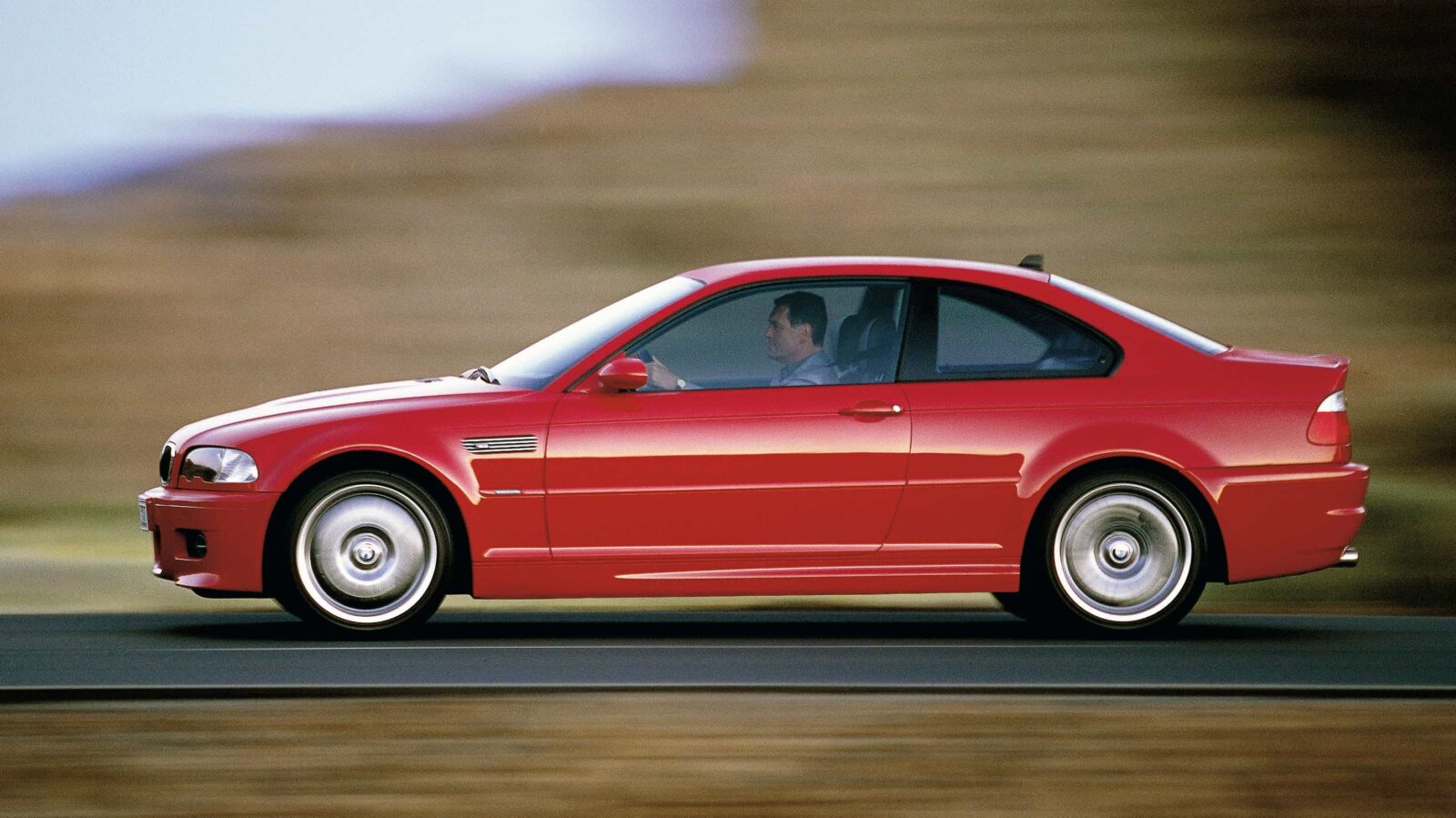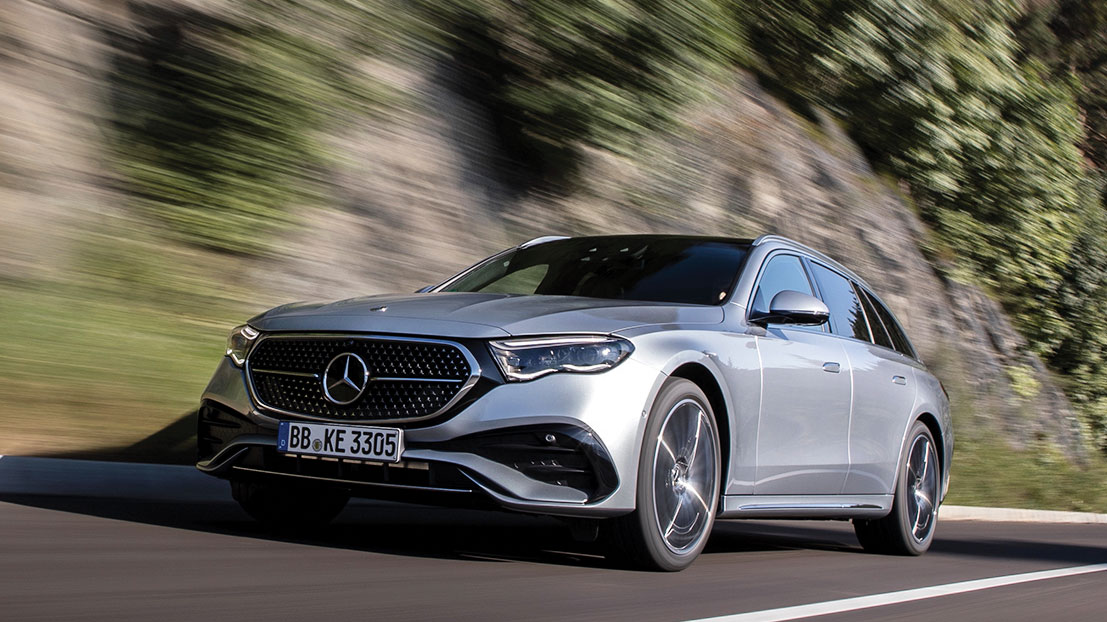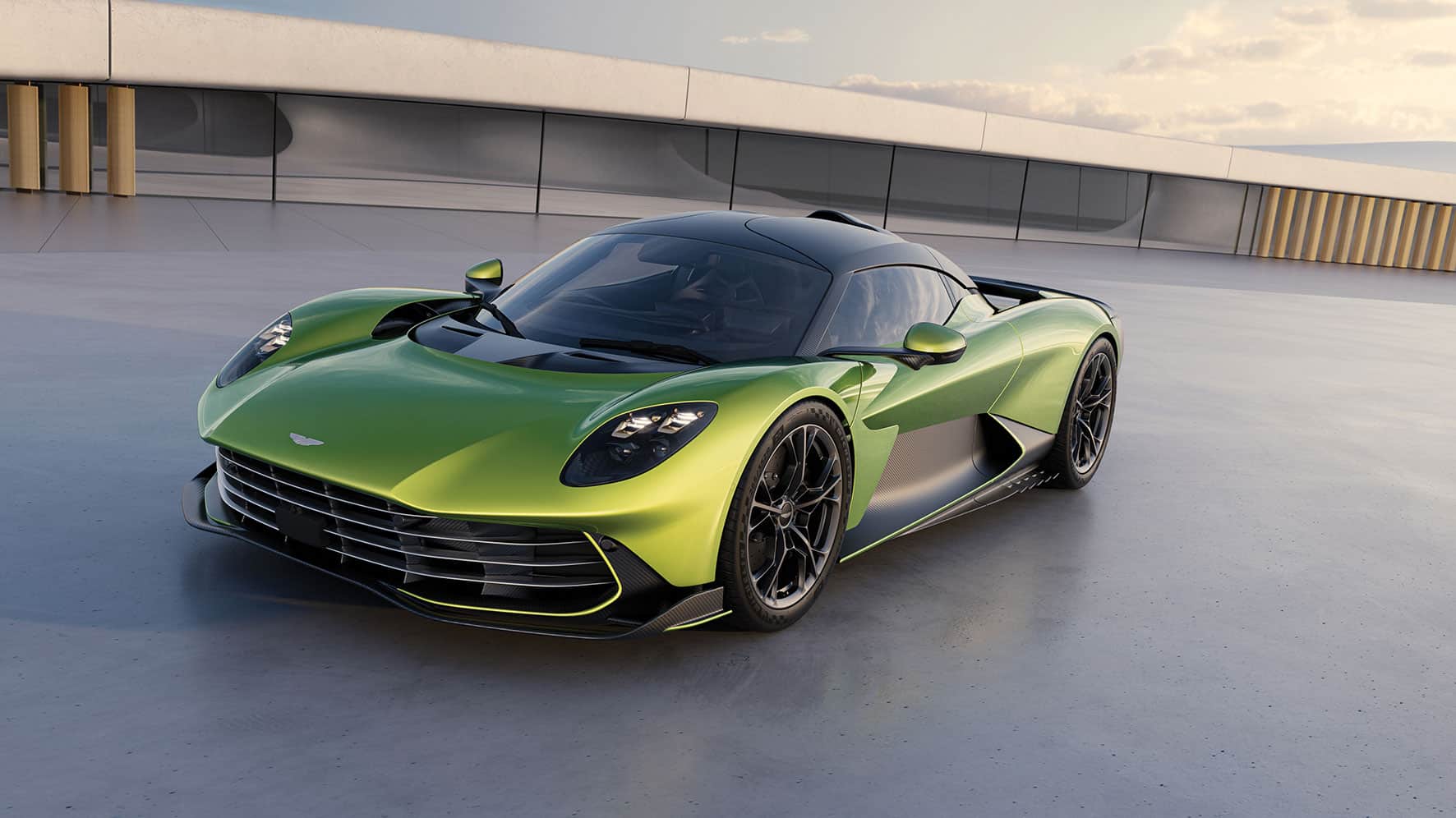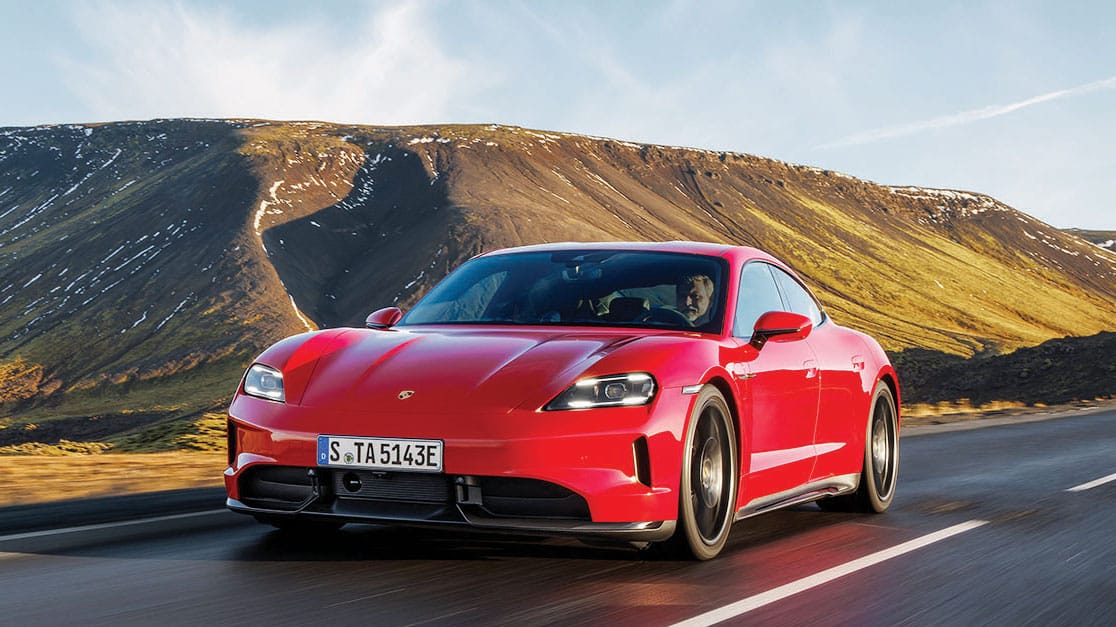Andrew Frankel: ‘Bad news, we’ve already lived through the era of peak car’
With the notion that our four-wheeled friends aren’t what they used to be, Andrew Frankel sets out to pinpoint history’s ‘peak car’

In 140 years of motoring, could a few models built in the decade 2000-10 be the best ever?
BMW
I have for some time been pondering the timing of what might loosely be described as ‘peak car’. There is no question at all, at least in my mind, that whenever it was, it’s not now, nor likely to be at any time in the future. Whatever the rights or wrongs of them – and I do not count myself as being in any way ‘anti-EV’ – the future of the car seems guaranteed to be more boring than its past.
So perhaps trying to define what I mean by ‘peak car’ will help identify when exactly that might be. And maybe identifying those characteristics that have no place in such a car might narrow the field further. I think I have already established that such a car is not going to be powered by electricity. I can’t see it having four- or front-wheel drive either, nor a kerb weight of over two tonnes. I don’t want it to have automatic gears nor even really turbochargers because they kill throttle response, limit peak revs and mute exhaust sounds. And I’m not really sure I want it to be mid-engined either, though I can see an argument for the engine being slung out the back. But leaving that perennial exception to the rule that is the Porsche 911 to one side, I think what we’re looking at is a front-engined car driving its rear wheels alone through the medium of a manual gearbox.
The problem with that is that this format probably describes the majority of cars ever made, so we’re not exactly shrinking the field here. But I’m not talking about the car that is most fun to drive, because one of the reasons it’ll be that way is likely to be due to its extreme light weight and therefore will fold up like a deckchair if you hit something in it. What I’m looking for are cars from an era when they were properly safe, with computer-designed crumple zones, antilock brakes, (switchable) stability systems and airbags. Cars, in other words, you’d be happy to use each and every day and in which you would carry your children long distances.
They also need to offer some modern conveniences like air-con, a decent music-playing machine and, ideally, some form of connectivity, because without those, cars become recreations for merely occasional use. But I also want it to be beautiful in a way so few cars are these days, partly through legislative requirements, partly for the current and mad trend for aerodynamic addenda.
And when I feed in all the requisite data, what comes back is a decade in which, frankly, we didn’t realise how lucky we were. It wasn’t even that long ago: indeed it started towards the end of the last century.
“Musk’s Tesla has factories in Mexico as do European brands like Volkswagen”
When I think in terms of practical, affordable, entertaining cars, my default setting is the E46 version of the BMW M3, made between 2000 and 2006, with a searing straight-six engine and ticking every box above. At the other end of the price scale I found myself last week driving an Aston Martin DBS which went on sale in 2007, and it was exquisite. Power that can actually be enjoyed for more than a moment at a time, a sublime manual gearbox, a howling V12 engine, a surprisingly light kerbweight and deliciously understated lines. Was this peak car? Of course not, but as good an example of what I’m on about as I’ve driven in a while.
I had the chance to sit down with McLaren’s Zak Brown to talk about how he and Andrea Stella have turned around the team’s fortunes in such a small period of time, and he pointed out that almost all the people who were at McLaren in 2022 and 2023 when the team were mid-grid also-rans were still there when they won the constructors’ title last year. Indeed they made only around three key changes in personnel who empowered everyone else and made them believe it could be done; the result spoke for itself.
He was also interesting on how a team can lose its mojo. His point is that you can have a brilliant driver, the best car and a talented team, but if they’re not all working together as a harmonious whole and pulling in the same direction, they will never be at their best. And at a level where a couple of tenths can mean a couple of rows on the grid, at their best they need to be or you will fail to maximise your potential. I wonder which team he could have had in his mind?
I hesitate before mentioning Donald Trump and tariffs because such is the speed at which presidential edicts are being issued at the moment, the situation as I write may be entirely different to that as you read. But if he does press ahead with tariffs on steel and aluminium from countries such as Mexico and Canada no good will come of it. Around two-fifths of the cars Stellantis sells in the US (which owns Jeep, Chrysler, Dodge and RAM) are built in these countries. For GM that number is a third. Elon Musk’s Tesla has factories in Mexico as do European brands like Volkswagen. The inevitable consequence is that prices will have to rise, which will fuel inflation, while sales will fall.
Trump would tell them all to build cars in the US, but which manufacturer is going to go to the time and expense of doing that when the political cycle is only four years and when in any case the president could change his mind at a moment’s notice? In my estimation, approximately none.
Mercedes-Benz E450d Exclusive Premium Plus
A 3-litre 155mph diesel estate – oh yes!
Welcome to the least fashionable car on sale. Estates are not the most sought-after body configuration. As for its six-cylinder diesel, it would be hard to think of a more off-message powertrain. That’s why I liked it so much. In fact I thought it was brilliant.
Verdict: Fast, frugal, effortless and spacious
Aston Martin Valhalla
‘Budget’ hypercar with 4-litre V8 punch
While McLaren will charge you £2m for its W1 and Ferrari £3m for its F80, Aston Martin wants a trifling £850,000 for each of the 999 examples of its Valhalla. It’s not as powerful as its rivals but it’s still going to offer over 1000bhp and is, to these eyes at least, by a distance the prettiest of the trio.
Porsche Electric re-think?
Sluggish EV sales could spark petrol plans
It is well known that manufacturers are rethinking their electric roll out. Porsche’s plan to have an 80% EV line-up by the end of the decade is but a distant memory. Which is the only reason I’m not dismissing stories I hear that Porsche is trying to re-engineer the next EV-only Boxster and Cayman to accept hybrid powertrains.



